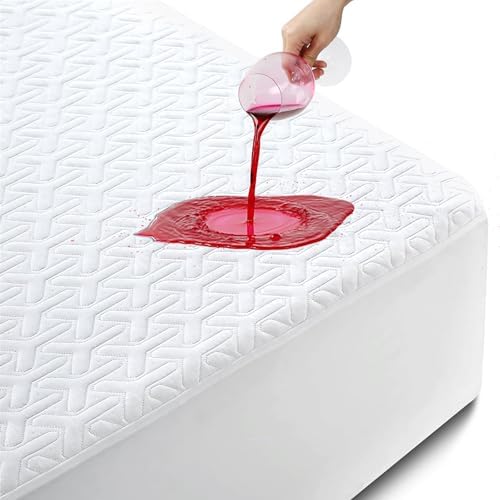Furniture cleaning codes are standardized symbols or labels used by manufacturers to provide guidelines on how to clean and maintain upholstered furniture, such as sofas, chairs, and cushions. These codes are typically found on a tag or label attached to the furniture. There are four main cleaning codes, each indicating the recommended cleaning method:
- W – Water-Based Cleaning:
- Furniture labeled with a “W” code can be cleaned with water-based solutions, such as mild detergent or upholstery shampoo.
- To clean, use a damp cloth or sponge and a small amount of the recommended cleaning solution.
- Blot the stain or dirt gently, avoiding excessive rubbing, and then allow the area to air dry.
- This code is suitable for most common stains and spills on upholstery.
- S – Solvent-Based Cleaning:
- Furniture labeled with an “S” code should be cleaned with solvent-based cleaners.
- Solvent-based cleaners are typically dry-cleaning solutions or special upholstery cleaners.
- Apply the solvent to a clean cloth and blot the stain or soiled area, again avoiding excessive rubbing.
- Make sure to follow the manufacturer’s instructions for the specific solvent cleaner being used.
- Proper ventilation is crucial when using solvent-based cleaners, as they can be flammable and have strong odors.
- WS – Water-Based or Solvent-Based Cleaning:
- Furniture with a “WS” code can be cleaned using either water-based or solvent-based cleaners, depending on the type and severity of the stain.
- Always start with the mildest cleaning method (water-based) and switch to solvent-based if necessary.
- Follow the instructions for “W” and “S” cleaning methods as appropriate.
- X – Vacuum Only:
- Furniture labeled with an “X” code should only be cleaned by vacuuming or brushing.
- Avoid using any liquid-based cleaning solutions or solvents on furniture marked with an “X.”
- Regularly vacuuming or brushing the upholstery helps remove dust, dirt, and debris to keep it looking clean.
It’s essential to follow the manufacturer’s recommendations and cleaning codes to ensure you don’t damage your furniture during cleaning. Additionally, always test any cleaning solution or method in an inconspicuous area of the furniture first to ensure it doesn’t cause any adverse reactions or discoloration.
Keep in mind that while these cleaning codes provide general guidelines, some fabrics and upholstery materials may have specific care requirements, and professional cleaning may be necessary for certain stains or delicate materials. Always refer to the manufacturer’s care instructions when available and consider consulting a professional upholstery cleaner for challenging or valuable pieces of furniture.



